Table of Contents
You can compost rhubarb leaves, although they contain high levels of oxalic acid. This poisonous plant can cause severe burns to soft tissues, especially the esophagus, and oral cavity. In worst cases, oxalic acid poisoning from rhubarb leaves is linked to renal failure.
While consuming large amounts of these leaves can cause oxalic poisoning in humans and animals, composting them is safe and provides a great nitrogen boost for your compost pile. Oxalic acid has no significant effect on the organisms in your pile or bin. The oxalic acid is broken apart and diluted immediately once the decomposition process begins.

To turn disposable rhubarb leaves into valuable compost, consider using methods like Bokashi composting, cold composting, or hot composting. Avoid vermicomposting with rhubarb leaves, as their poisonous oxalic acid can harm your worm farm. Instead, vermicompost rhubarb stalks.
Numerous rhubarb leaves in your compost can impact the pile’s pH level, causing it to become acidic. Sprinkling hydrated white lime can work as a neutralizer. Azaleas, blueberries, and hydrangeas will benefit from rhubarb compost as is.
If composting rhubarb leaves isn’t possible, explore other sustainable options before disposing them as rhubarb has a huge upcycle value.
Continue below for a comprehensive guide to safely and efficiently produce the best compost quality out of rhubarb leaves (and stalks).
How to Compost Rhubarb Leaves
To effectively compost rhubarb leaves, you must follow careful preparation and maintain optimal compost conditions. Both rhubarb leaves and stalks are nitrogen-rich green materials.
Preparing Rhubarb Leaves for Composting
Before adding rhubarb waste to your compost pile or compost bin, rinse the compostable leaves and stalks under running water to remove any pesticide or herbicide residue. Discard chemically treated rhubarb if you want to keep your compost completely organic.
Afterward, chop the leaves and stalks into smaller pieces to speed up the decomposition process. Bigger leaves take more time to break apart so doing this will definitely save you time.
Packed with calcium, and potassium, rhubarb’s fibrous nature offers rich organic compost that can be integrated into your garden soil and flowerbeds. Combine your chopped rhubarb leaves, and rhubarb stems with other nitrogen-rich green ingredients, and carbon-rich brown ingredients.
Optimal Composting Conditions for Rhubarb Leaves
Aim for the ideal 4:1 or 3:1 carbon to nitrogen ratio. Layer your rhubarb wastes with food scraps, fruit wastes, and vegetable trimmings. Combine with browns rich in carbon, such as shredded cardboard, newspaper, sawdust, and wood chips. A balanced compost will result in a healthy compost for your garden’s plant growth.
If you opt for a hot compost, keep the temperature of your pile or bin between 90 and 140 degrees Fahrenheit. Regularly turn the compost pile for aeration and monitor the temperature with a backyard thermometer.
Rhubarb leaves and stalks contribute some moisture. To help your organic ingredients break down efficiently, keep your compost heap moist. Keep in mind: Only add water as needed!
Excess moisture can generate unpleasant odors and slow down the decomposition process. If your pile becomes overly wet, reduce excess moisture by mixing in more carbon materials and aerating the pile through turning.
By following these optimal conditions, you can ensure a productive composting activity.
How Long Do Rhubarb Leaves Take to Compost?
Under the ideal composting conditions, rhubarb leaves break down quickly. Whole rhubarb leaves fully disintegrate in a well-maintained pile in 6 to 8 weeks. Chopped rhubarb leaves, and stalks can decompose in 2 to 3 weeks as long as the ideal carbon to nitrogen ratio, moisture levels, and proper aeration are maintained.
Additionally, by closely monitoring the internal temperature of a hot compost, you can quickly obtain a valuable soil additive full of calcium and other minerals from rhubarb plants.
How Rhubarb Leaves Affect the Composting Process
As mentioned above, many home gardeners and composters express concern about the high levels of oxalic acids in rhubarb leaves. Discover how adding them affects your composting process below.
Impact on Decomposition
Rhubarb leaves and stalks are great sources of nitrogen, a vital element for the growth of composting microorganisms. Poor pile management can lead to an anaerobic environment which slows down decomposition. Prevent anaerobic decomposition by regularly turning the pile and minimizing excess moisture.
Microbial Activity
Oxalic acid does not affect the microbial action of composting organisms in your pile or compost bin. As soon as the decomposition process begins, the oxalic acid breaks apart and dilutes, causing no harm to composting microorganisms in your pile.
Temperature and Moisture
Excessive piles of rhubarb leaves can hinder airflow in your compost pile or compost bin, potentially lowering its inner temperature and slowing down decomposition. To promote aeration, turn the pile evenly, allowing your organic materials to absorb oxygen. This helps keep the pile’s temperature within the optimal range and reduces moisture. Add more carbon materials when needed if your pile becomes too wet.
Potential Issues With Composting Rhubarb Leaves
Again, the primary issue that can potentially concern gardeners and composters with composting leaves of rhubarb plants is their oxalic acid content.
Will Composting Rhubarb Leaves Make Compost More Acidic?
Incorporating large quantities of rhubarb leaves can throw off your pile’s pH level, making it more acidic. You can deacidify your compost with rhubarb leaves by sprinkling hydrated white lime as a neutralizer.
Various acid-loving plants such as azaleas, blueberries, cucumbers, and hydrangeas will greatly benefit from rhubarb compost. Additionally, you can use rhubarb compost as alkaline neutralizer for soil types with high pH levels like clay and sand.
Will Composting Rhubarb Leaves Attract Pests?
Rhubarb leaves normally do not attract pests. However, mismanaging your pile and other green ingredients can attract insects, rodents, and other animals. Accomplishing the ideal composting conditions on ratio, moisture, and temperature will help minimize this risk.
Will Composting Rhubarb Leaves Cause Odors?
Rhubarb leaves do not cause unpleasant odors if your pile is well maintained. Keep an eye out on the moisture levels and temperature of your compost. A soggy pile can produce an anaerobic environment, resulting in foul odors from your organic ingredients.
Methods for Composting Rhubarb Leaves
Different composting techniques are available when dealing with rhubarb leaves. Explore your options below.
Hot Composting
Rhubarb leaves and stalks are suitable for hot composting. With its high temperatures, this method “cooks” organic materials using the heat generated by microorganisms. When doing hot composting, effort and attention are needed to make it successful.
Chop your rhubarb wastes before adding to your hot compost. Combine with other green materials, and balance with brown materials. A long-stemmed thermometer is useful to monitor the pile’s temperature, ideally between 90 and 140 degrees Fahrenheit.
Cold Composting
Cold composting is perfect for amateur composters. This method easily transforms organic waste – rhubarb leaves and stalks – into healthy compost with minimal or no maintenance throughout the decomposition process. Since it lacks high temperatures, cold composting breaks down organic materials more slowly and takes longer time than hot composting.
Vermicomposting
Rhubarb stalks are safe to vermicompost, but the poisonous leaves should be discarded from your worm bin. Vermicomposting involves a worm farm to produce a nutritious, humus-like compost product out of worm castings. Leaves of the rhubarb can harm your composting worms, incapable of digesting oxalic acid.
To start vermicomposting rhubarb stalks, cut them into small pieces and slowly introduce the chopped stalks into the worm farm diet.
Bokashi Method
You can add rhubarb leaves and stalks to your Bokashi container just like other kitchen scraps. Bokashi composting uses a specialized inoculant to break down organic wastes. Involving an anaerobic process, it isolates your ingredients from oxygen to complete their fermentation.
This method is popular among gardeners and composters with limited outdoor or indoor space.
Alternatives to Composting Rhubarb Leaves
Other than home composting, there are more ways to put rhubarb leaves into good use.
Industrial Composting of Rhubarb Leaves
Rhubarb leaves and their stalks are valuable additions to produce a healthy compost. Local material recovery facilities accept organic materials like rhubarb for commercial composting, providing a sustainable way to manage waste instead of sending it to landfills. Reach out to your nearest facility to find out how they accept compostable materials.
Upcycling Rhubarb Leaves
Get creative and upcycle disposable leaves of the rhubarb plant!
Rhubarb Leaves as Mulch
Rhubarb leaves are safe to use as mulch. They can help inhibit growth of weeds on your garden bed. Simply lay down your disposable rhubarb leaves on the ground and replace them once the first layer decomposes. Their wide shape can act as loose covering, retaining soil moisture.
Rhubarb Leaves as Pesticide Spray
Gardeners often struggle with pests, but luckily, the oxalic acid in rhubarb leaves can be turned into an organic pesticide. To do this, boil the rhubarb leaves in water for 30 minutes, strain the liquid, and let it cool down before transferring it to a spray bottle. Make sure to dilute the rhubarb tea solution by mixing 1 part tea with 2 parts water.
Use this homemade pesticide to treat plants suffering from leaf-eating pests such as aphids, caterpillars, and mites. However, only apply this organic spray to ornamental plants.
Disposal Options for Rhubarb Leaves
If none of the options are feasible, segregate the rhubarb leaves and dispose of them properly in an appropriate waste bin.
What Rhubarb Leaves Shouldn’t Be Composted?
If you’re worried about spreading pathogens and insects in your compost pile, don’t compost diseased or pest-infested rhubarb leaves. Most home hot compost systems run at 90 to 1410 degrees Fahrenheit. It can be difficult to maintain the high temperatures of 150 to 180 degrees Fahrenheit needed to eliminate most plant pathogens and pests.
Additionally, composters and gardeners who want to keep their compost purely organic, should separate chemically treated rhubarb leaves and consider other disposal options. Combining them to your pile may introduce traces of potent chemicals.
Safety and Precautions When Composting Rhubarb Leaves
Remember: Prior to decomposition, rhubarb leaves contain oxalic acid which makes them poisonous to both humans and animals. Ensure that your compost pile or compost bin stays out of children’s reach and protect it from household pets.
Wear gloves while composting rhubarb leaves and other poisonous plants to minimize potential health threats. Properly prepare the organic materials and maintain ideal conditions within the pile.
After composting, wash your hands thoroughly with soap and running water.
FAQ
Is it safe to compost rhubarb leaves with high oxalic acid content?
Composting rhubarb leaves is safe, even though they have a high level of oxalic acid. The toxin cannot survive outside plant cells and will become diluted among other elements in your compost pile. You can then integrate the fully-processed compost into your vegetable garden or flowerbed.
Can rhubarb leaves be composted in small scale, at-home compost bins?
You can compost rhubarb leaves in small scale home compost bins! Collect disposable rhubarb leaves from your kitchen and compost them instead of contributing to landfill waste. To ensure faster decomposition in your compost pile, chop the rhubarb leaves into small pieces before adding them to the rest of your organic ingredients.
How should I dispose of rhubarb leaves if I don’t want to compost them?
Rhubarb leaves should be disposed of in an appropriate bin far from the reach of kids or animals that may go over your wastes. The oxalic acid in rhubarb leaves remains poisonous until decomposition is complete.




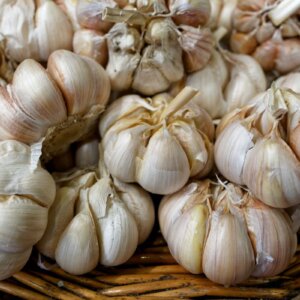


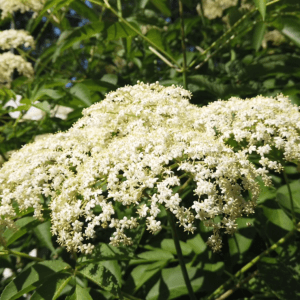

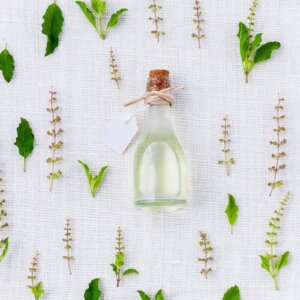

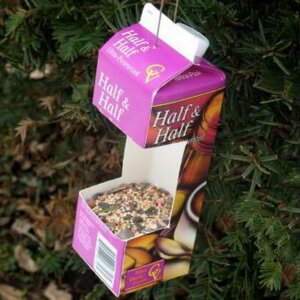

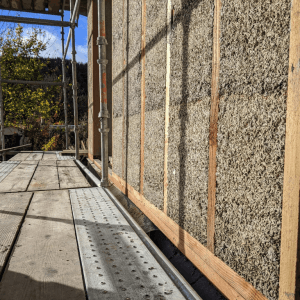

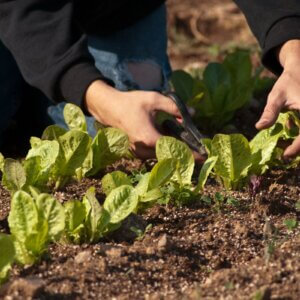


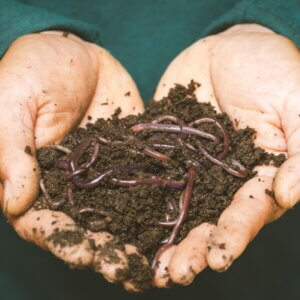

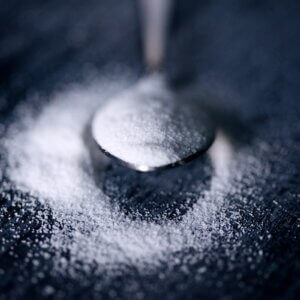
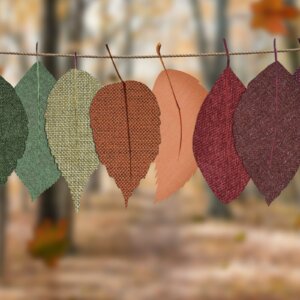



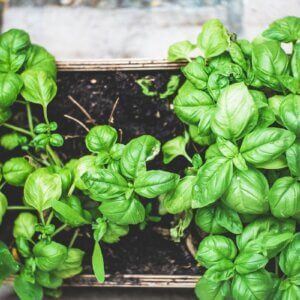
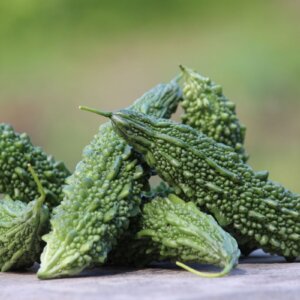


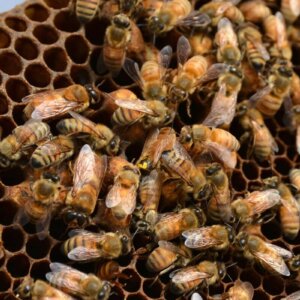
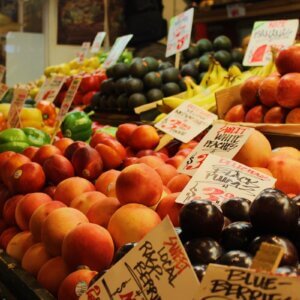

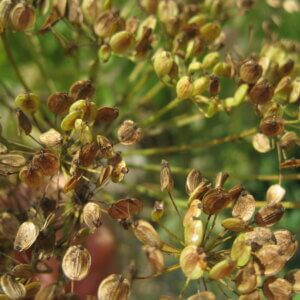



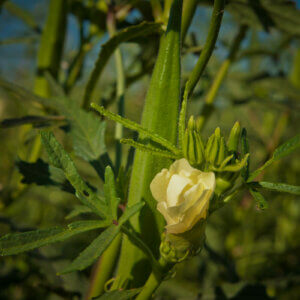
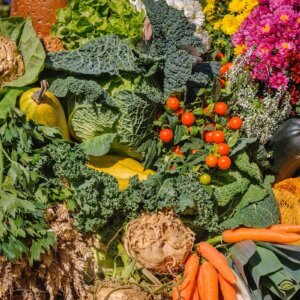
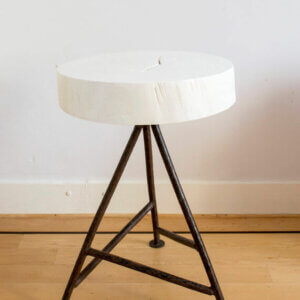

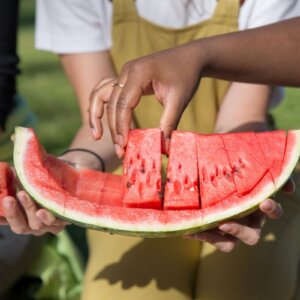
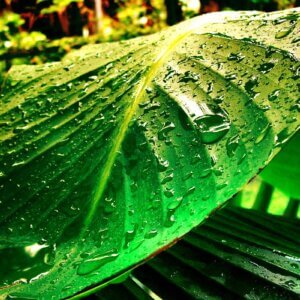
Leave a Reply